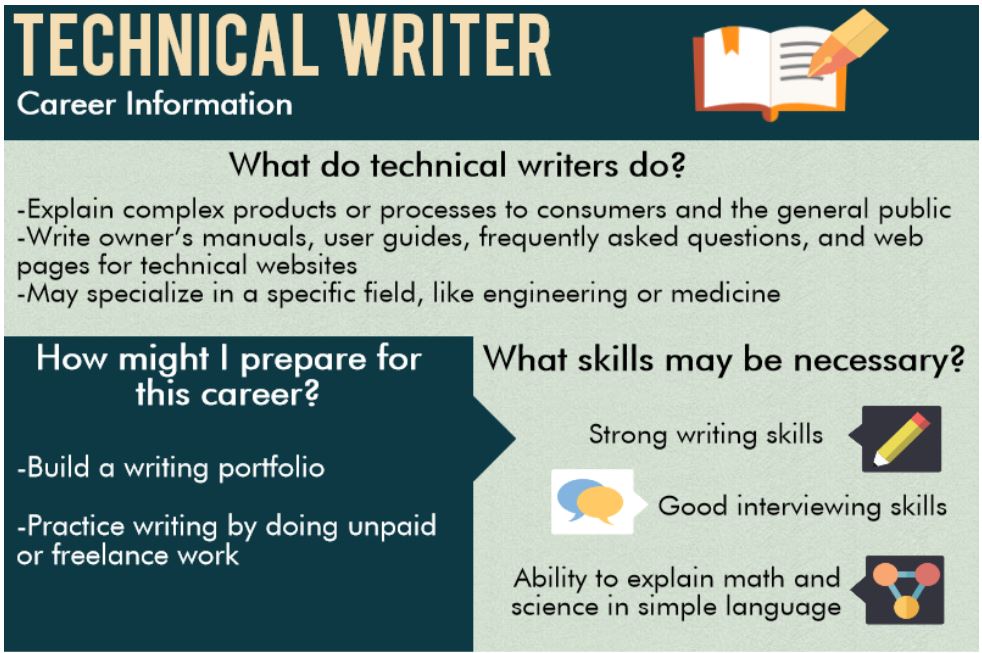

Write a lead that is only valid with your particular article and fits your brand’s voice. One of the biggest problems with leads I encounter is that they are so generic they could be swapped with other posts (within the brand and the industry), and no one would know the difference. HANDPICKED RELATED CONTENT: 37 Content Writing Examples and How-To Tips for Website Articles Didn’t I just write that? What’s it really about for the brand? (Inspired by Professor via Click To Tweet

What’s it really about for the audience? 3.
#Everywriter source how to#
For the audience, this article is really about how to avoid mistakes many writers make in creating their leads and how to craft better, reader-worthy leads.What is the article really about for the brand?.What is the article really about for the audience?.Now, let’s incorporate the content marketing perspective into this process: TIP: Answer the second question several times – each response likely will improve upon the previous one – and a more refined answer will give your article laser-like focus. The second answer, though, gives the focus essential for a quality post and gives me, the writer, a clearer understanding of what I am trying to communicate. It could be about almost anything content-related. This article is really about how to avoid mistakes many writers make in creating their leads and how to craft better, reader-worthy leads.This article is about tips to create better content.

In journalism school at Ohio University, I learned to ask two simple questions that still help my writing and editing every day (thanks to Professor Michael Bugeja). Too many people in #ContentMarketing write ineffective leads, says via Click To Tweet What is the article really about? The universal truth is that too many people write ineffective leads. I’ve been editing for more than 20 years – at a daily newspaper, a trade publication, a law firm, a content marketing agency, etc. I have read all types of leads – many good ones, too – in thousands of submissions to the Content Marketing Institute. Ultimately, they tell potential readers to look elsewhere for interesting, valuable content. They get so “creative” that they miss conveying the purpose of the article. They spend hundreds of words to get to the point. They craft a boring lead that would make even the most well-caffeinated person fall asleep. That’s the unintentional plea made by content writer after content writer.


 0 kommentar(er)
0 kommentar(er)
